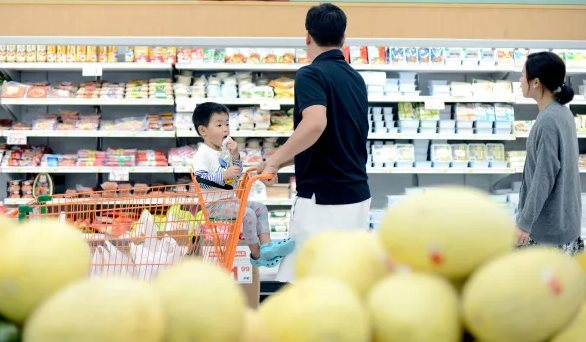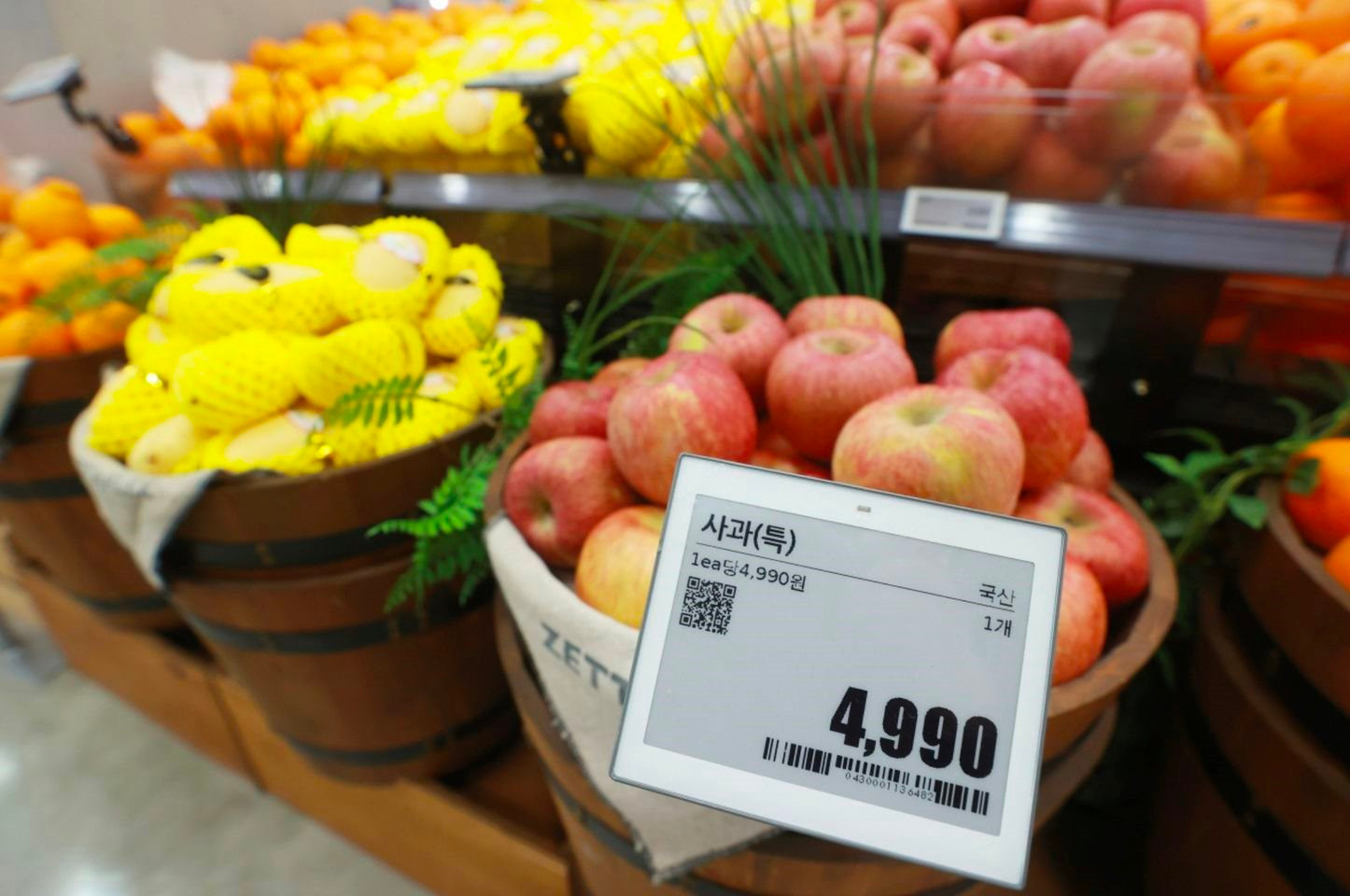The High Cost of Fruit in South Korea: A Reflection of Economic Contradiction

The recent data released by the South Korean government reveals a startling trend in fruit consumption. Over the past 15 years, fruit consumption in the country has dropped nearly 20%, driven by a combination of supply shortages and soaring prices.
A Decline in Fruit Consumption
According to a report by the South Korean Ministry of Agriculture, Food and Rural Affairs, the average per capita fruit consumption in South Korea dropped by 19% to 55 kg in 2022, down from a peak of 67.9 kg in 2007. The most consumed fruits are mandarins and apples, with 11.8 kg and 11 kg per capita respectively. They are followed by pears (4.4 kg), grapes (4.4 kg), peaches (3.7 kg), and strawberries (1.9 kg).
The Rural Development Administration of South Korea explains that fruit consumption is closely linked to prices. Fruits are often seen as non-essential food items, and their consumption declines as prices increase. However, despite the recent surge in inflation, there have been few immediate signs of change in fruit prices in South Korea.
In fact, fruit prices have increased by nearly 40% in January and February this year compared to the same period last year, marking the sharpest increase in 32 years. The prices of mandarins and apples, the two most popular fruits in South Korea, have risen by 71% and 78% respectively during this time.
As a result, in one South Korean supermarket, a single apple can cost as much as 4,990 won, equivalent to over 94,000 Vietnamese dong.

Factors Behind the Rising Prices
The decline in fruit production is considered a major factor driving up prices. The total area of fruit cultivation in South Korea has decreased from 172,900 hectares in 2000 to 158,830 hectares in 2022. This is due to the rapidly aging population and a steady decline in the number of farmers from 2.85 million to 2.17 million over the past decade.
Unusual weather conditions, such as heavy rainstorms, have also posed additional challenges to fruit production. Last year, apple and pear production saw significant declines, with each fruit experiencing a 30% drop, mostly due to low temperatures during the flowering season and heavy summer rains.
In response to the shortage of fruit supply and other agricultural products, the South Korean Minister of Agriculture, Food and Rural Affairs, Song Mi-ryung, organized an emergency meeting and pledged to establish an agency to provide advice on fruit production while expanding financial support for farmers.
Minister Song Mi-ryung announced that the government will invest 20.4 billion won (equivalent to $15.49 million USD) in March and April to reduce the prices of 13 items, including apples and green onions. The South Korean government has also allowed for expanded fruit imports to alleviate supply issues, particularly for apples and pears.
Reference: The Korea Herald
With South Korea being a leading economic power in Asia, the high cost of fruit for its citizens becomes an intriguing contradiction. As consumers grapple with the soaring prices, the government’s efforts to address the supply shortages and mitigate the impact of inflation are crucial steps towards ensuring affordable access to nutritious fruits for all.
